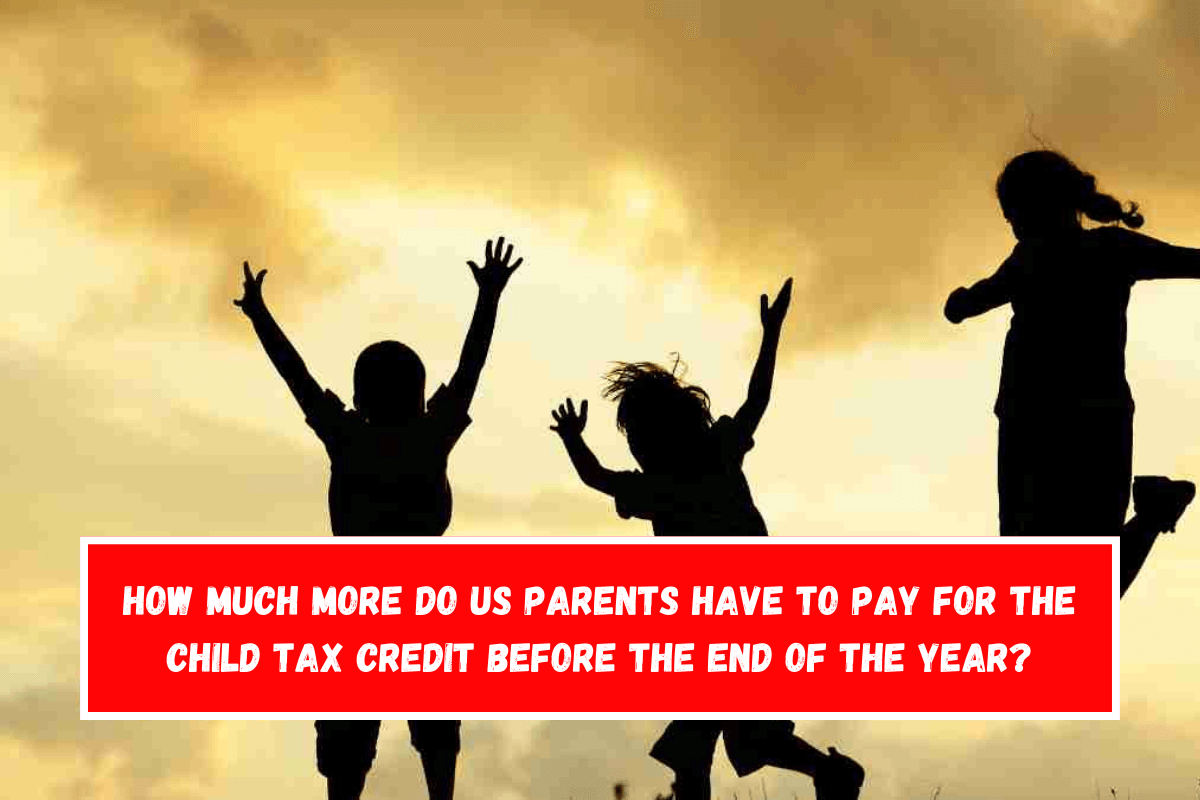The Child Tax Credit (CTC) has been very important for many American families, especially since the changes that have been made to the tax system over the past few years.
As the end of 2024 draws near, many people are thinking how many more payments are available through this program and what the rules are for who can get them and how much they can get.
Parents can get up to $2,000 back on their taxes for each child under the age of 17 thanks to the Child Tax Credit. This credit was briefly increased in 2021 because of the pandemic.
Families could get up to $3,600 a year for each child under 6 years old and up to $3,000 a year for each child between 6 and 17 years old. But those improvements have since ended, and as of 2024, families are back to the way things were before the expansion, with a limit of $2,000 per child.
What remaining Child Tax Credit payments can be expected for the rest of 2024?
As the end of 2024 draws near, there will be no more advance payments like the ones that were given out in 2021. If a family is eligible for the Child Tax Credit, they will have to claim the full amount when they file their taxes in 2025. As long as you made enough money to be qualified, you will get the money either as a tax break or as part of your tax refund.
Even though each child can get up to $2,000 in credits, not every family will get the full amount. How much it is depends on how much money the family makes.
Families whose income is less than $200,000 (or $400,000 for married couples filing jointly) can get the full credit. But once a family’s income goes over those limits, the credit slowly stops being given to them.
Also, keep in mind that not all of the credit can be returned. Families can get back up to $1,400 per child, even if the amount of tax they owe is less than the credit. The Additional Child Tax Credit (ACTC) makes sure that families with smaller incomes can still get help.
You might not get the full $2,000, though, if you owe no taxes or very little. You’ll only get the refunded part. Families with bigger tax bills, on the other hand, can use the non-refundable part to lower more of their taxes.

Changes and other related assistance
In addition to the federal Child Tax Credit, some states have also made their own child tax credits. Some states, like California and New York, have added more credits, running from $250 to $1,000, to help families with children financially even more.
You can claim these state-level credits when you file your state taxes, but each state has its own rules about how much you can get and what you need to do to be eligible. If you want to know if you can get any extra credits on top of the government program, you should check with your local tax office or go to your state’s tax website.
Many families have become used to getting advance payments under the new CTC rules, which spread the payments out over a few months, over the past few years.
Instead of waiting until tax time to get the full advantage, these payments helped cover ongoing costs all year long. Families need to change their plans and get ready to get the full credit when they file their taxes in 2025 since those advance payments were only temporary.
Families that are used to getting those regular payments may need to change how they plan their finances when they get that one big payment.
If you want to avoid surprises, you might want to look over your tax situation right now to see how the change might affect your refund or tax debt. Asking a tax expert for help can help you make plans if you’re not sure how this change will affect you.
Maximizing Tax Benefits for Families with Children
Family members with children can get help in more ways than just the government Child Tax Credit. The Earned Income Tax Credit (EITC) or the Child and Dependent Care Credit may be available to some families and can help with the cost of child care.
These credits can be claimed along with the Child Tax Credit, which could mean that qualified families can get more tax breaks. The amounts you can get from these programs rely on your family size and income, just like the Child Tax Credit.
Tax rules can change quickly, so it’s important to know about both federal and state tax breaks and benefits. You can get the most out of any benefits by keeping an eye on how the Child Tax Credit might change, especially since elections and budget talks are coming up soon.
Also See:- Date of next SSI payment: cheque amounts vary by age and income















Leave a Reply